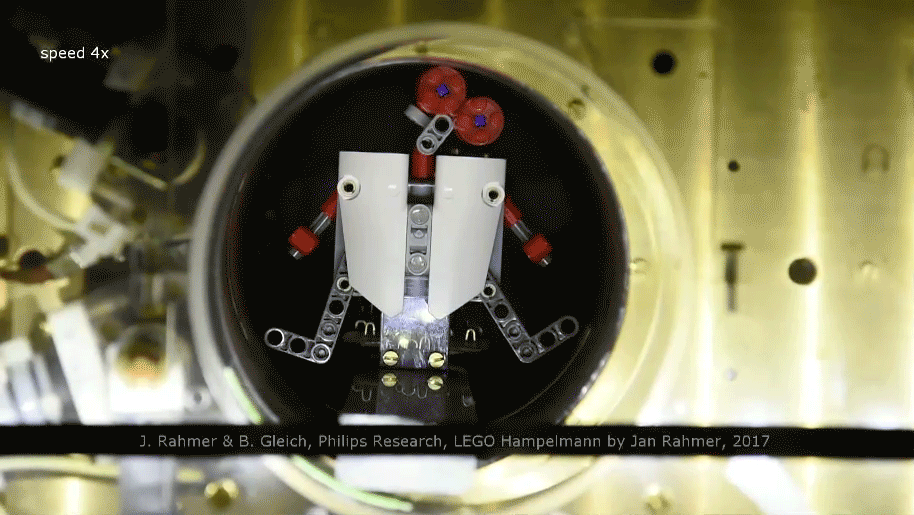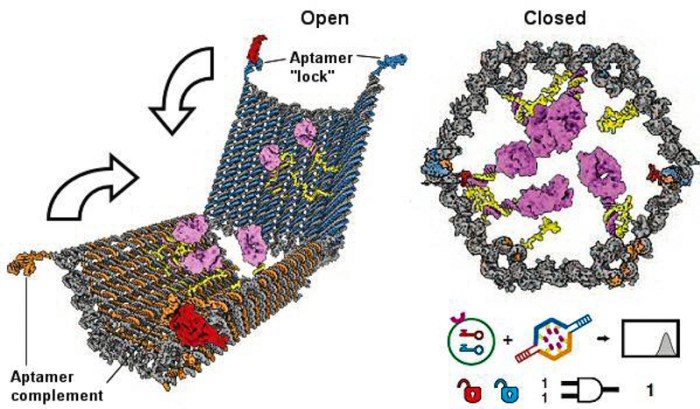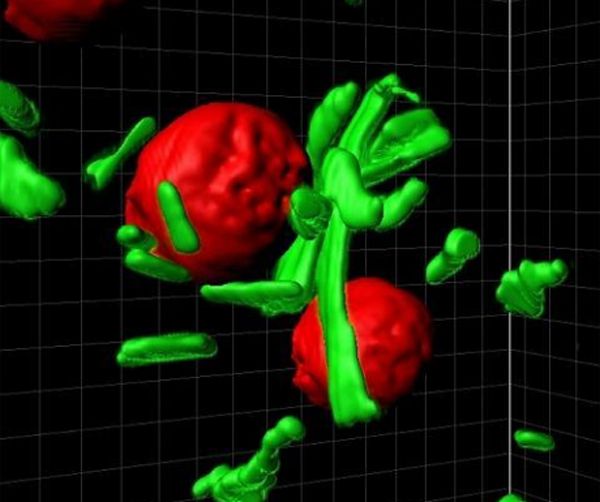Tiny Magnetically Controlled Machines Could Save Your Life In The Future
Scientists from Philips GmbH Innovative Technologies, Research Laboratories, located in Hamburg, Germany, have recently published their findings online suggesting that magnetically-controlled micromachines could be inserted into the human body and be used to fight cancer. An article from Live Science has details on the paper.
“Our method may enable complex manipulations inside the human body,” said study lead author Jürgen Rahmer. They started by creating a number of tiny identical magnetic screws. The researchers then uses a strong, uniform magnetic field to freeze groups of these magnetic screws in place. In small, weak spots within this powerful magnetic field, the microscopic screws are free to move. After which, using a relatively weak rotating magnetic field could make these free screws spin, the researchers said.
In experiments, the researchers could make several magnetic screws whirl in different directions at the same time with pinpoint accuracy. In principle, the scientists noted, they could manipulate hundreds of microscopic robots at once.
“One could think of screw-driven mechanisms that perform tasks inside the human body without the need for batteries or motors,” Rahmer said.
One suggested application for the magnetically controlled swarms could involve magnetic screws embedded within injectable microscopic pills. Doctors could use magnetic fields to make certain screws spin to open the pills. This could help doctors make sure that cancer-killing radioactive “seeds” within the pills target and damage only tumors rather than healthy tissues, cutting down on harmful side effects, the researchers said. Once the pills deliver a therapeutic dose of radiation, physicians could then use magnets to essentially switch the pills off. (The pills would be made of metallic material that would otherwise keep radiation from leaking out.)
Another potential application could be medical implants that change over time, the researchers said. For instance, as people heal, magnetic fields could help alter the shape of implants to better adjust to the bodies of patients, Rahmer said. He also suggested that, in the future, researchers could develop compact and magnetic field applicators to control tiny magnetic robots, and use imaging technologies such as X-ray machines or ultrasound scanners to show where those devices are located in the body.
This isn’t the first time that scientist have published the idea of curing cancer with the use of magnets and small robots. Nanobots or nanomachines, which are molecules that can perform robotic tasks, have been the subject of research. A good example is when Canadian scientist announced last year that they may one day be able to send nanomachines through the bloodstream to administer drugs to tumors.
Image Source: Market Watch
Published in the journal of Nature Nanotechnology, researchers from McGill University, Université de Montréal and Polytechnique Montréal used bacteria to deliver drugs to tumors in mice. First, the bacteria, outfitted with a drug-carrying vessel, are steered by a computer-controlled magnetic field to the location of the tumor. Then, once inside the tumor, the bacteria are self-directed, navigating to the most cancerous areas by detecting areas with depleted levels of oxygen.
Scientists from Israel’s Bar-Ilan University began human trials using another type of drug-delivering nanobots to treat cancer earlier last year as well.
Image Source: Cnet
In 2014, scientists in South Korea were developing a new treatment for cancer that will be more efficient and less harmful than chemotherapy. A team in Chonnam National University has developed nanorobots that can detect and treat cancer cells in a way that avoids the harmful side-effects of modern drugs. The scientists have genetically modified salmonella bacteria that are drawn to tumors by chemicals secreted by cancer cells. The bacteria carry microscopic robots, about 3 micrometers in size, that automatically release capsules filled with drugs when the bacteria reach the tumor.
In the future these methods may become the norm in treatment against cancer, with thousands of lives depending on such precious technology. Though when, none can exactly say.


